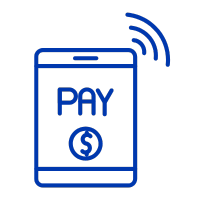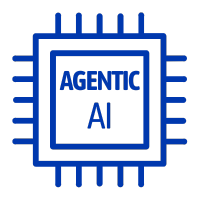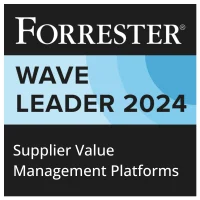Currently, I couldn’t find a specific definition for “Contract Generation” in the provided documents. However, to develop a definition based on general procurement concepts:
Contract Generation refers to the automated process of creating, reviewing, and finalizing contractual documents using predefined templates and dynamic data inputs to ensure consistency, compliance, and efficiency within procurement operations. This process often involves incorporating standard clauses, terms, and conditions to streamline contract lifecycle management.























































